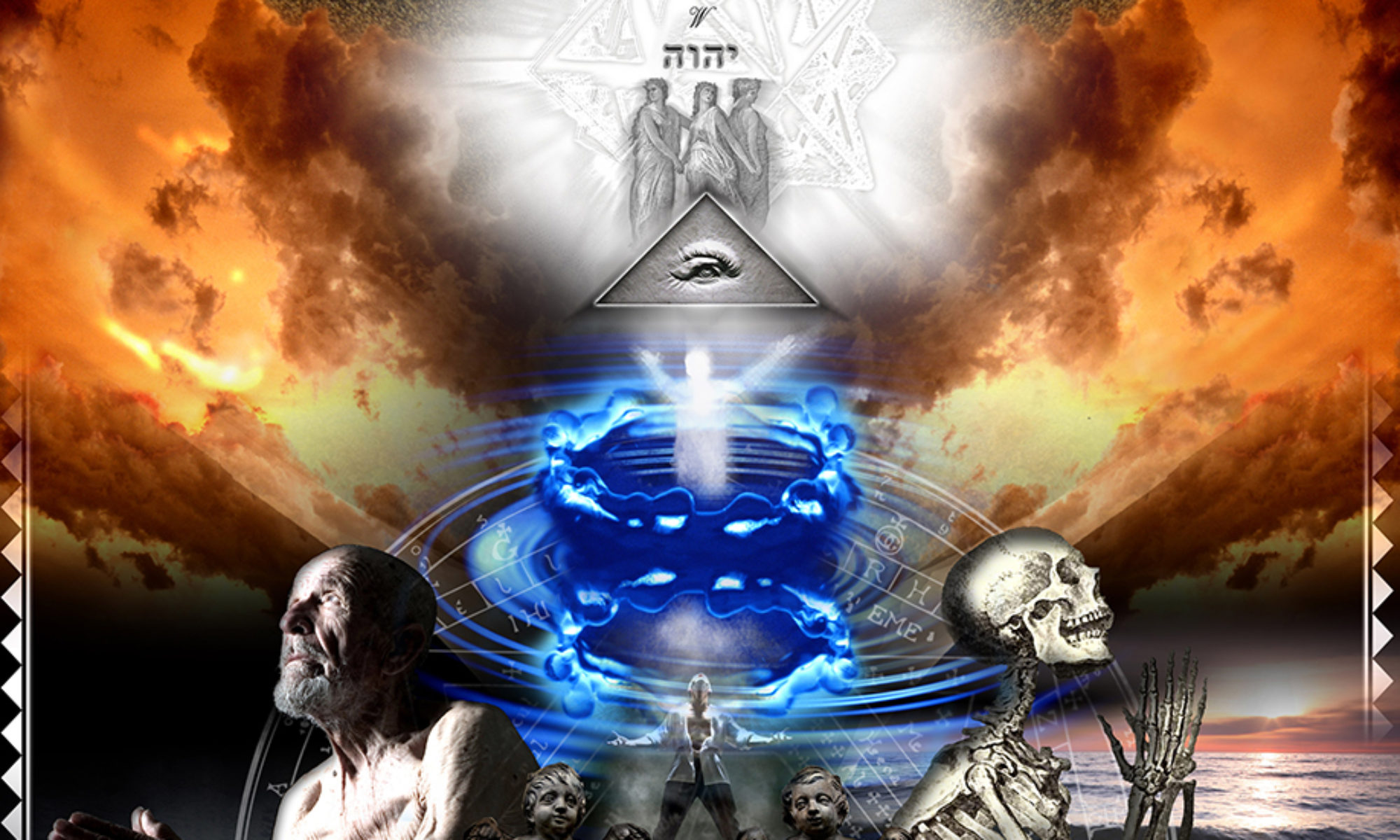I’ve been at a cross roads on this idea for some time.
How does a church market itself without coming out looking like its just trying to sell their unique particular brand of soap?
But then I hit a conflict, perhaps that’s the point that each church is trying to sell its own brand of Christianity and at some level need look at their particular brand as being better and with attributes significantly different than their competitors.
I have yet to see this issue come up when looking across religions, as culturally I think most follow in the footsteps of practice that their parents, or early caregivers, introduced them to. Christian families raise young Christians; Hindu families raise young Hindus, and so on…
While, I’m sure this sort of church shopping takes place in other cultures, being in America affords an interesting perspective to look at this as an American phenomenon where the religious landscape is dotted with more Christian churches that any other, and as such, is has a wealth of diversity between them.
By diversity, I don’t mean to say that they differ far beyond the foundational basis of Christian faith, but that their difference comes in how they market themselves to the general public at large and fill their pews.
for many years, I believe the process was a generational one. Families would automatically populate denominations with their offspring, one generation at a time creating a multi-generational congregation. But, with the great change in society in the 1960’s, I wonder how true that is still.
So, what happened in the 60’s?
Without getting to deep into the subject, I think its fair to say that in the boomer generationals, there was a general shift away from what had institutionally become the status quo. It would be easy to blame it on the “Hippies” but I believe the idea was more pervasive and permeated society at every social level and, in a sense, created a ripple of dissent, at least from the here-to-fore institutions of their families.
Out of that period, it socially became OK to not go to church, to follow ones own path, and to rebel, even if that just meant to grow your hair past your collar and listen to rock-n-roll. It’s that idea that, I think, led to the breaking of the firm hold denominational religion had on the religious American public.
The result has been a steadily decreasing church attendance, and an ever diversifying milieu of church marketing with an increasingly heavy drum beat of difference, uniqueness, and selling points of why you should attend their church.
Now this is a broad generalization and in no way represents each and every church across the nation, but I think if you look closely enough you will see that increasingly churches are resorting to all manner of marketing and pitches to get you to not just come to church, but to come to THEIR church. And, their marketing pitches provide a laundry list of benefits of their particular product, which is a hallmark of good advertising.
Marketing 101 tells us to “sell the benefits, not the features.”
While this isn’t a real Marketing course, the idea is the same echoed across countless marketing websites… Sell the benefits and not the features are a mantra that about every industry has adopted, and church marketing is no different.
One just need look some of the grassroots church ephemera that is being developed today, and read some of the commentary on the subject. A great resource I’ve found about it is Church Marketing Sucks which acknowledges the fact that churches need marketing. Church Marketing Sucks is a part of the nonprofit Center for Church Communication, whose mission is to help churches communicate better, which is cool, but it’s still selling soap.
Maybe it was inevitable that marketers, copywriters, and designers would get into the business of making more inviting and compelling church materials, but how far does it range from the idea of what the church is itself, and is it just a way to alleviate a compelling church minister for a bit of flashy graphics and compelling type fonts?
Where is all of this going; Truthfully, I’m not really anyone could adequately say for sure. As more and more leave the denominational system more and more marketing will be created with an increasingly well crafted message to convince people to try their particular brand of ministry, what ever the denomination. And, as we generationally become further removed from a presence in a church, marketers will have to work harder and harder to compel us to come back reducing the equation to a sales and marketing problem from a faith and worship proposition.




























